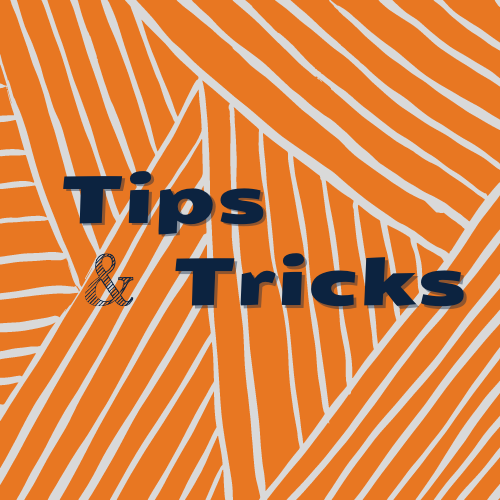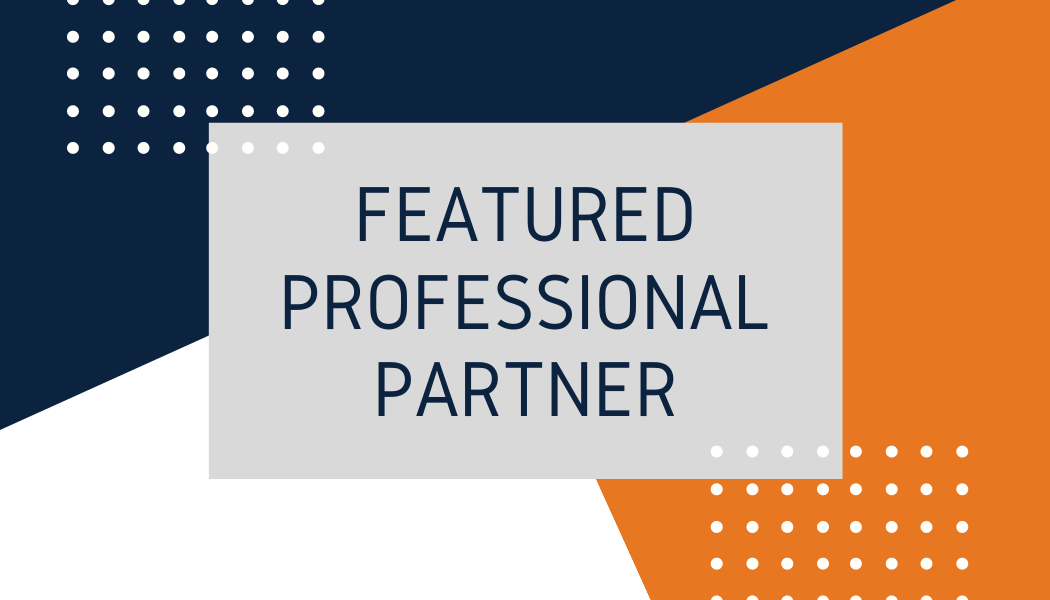At the final Beta Alpha Psi meeting of the semester, PwC spoke to the chapter about Blindspots. The firm was not, in fact, presenting on merits of checking over your shoulder before you change lanes on the highway. Rather “Blindspot” is another term for something you may already be familiar with: unconscious, or implicit bias. All three terms are generally interchangeable, though “implicit bias” and “Blindspots” tend to be used to describe unconscious biases as they relate to social behavior.
We, as humans, have an inflated sense of our own objectivity (as a general rule). We like to think that we make deliberate, accurate judgments when, in reality, our decisions are more often than not influenced by biases of which we are blissfully unaware. Enter the unconscious bias. (Don’t believe it? Take this quiz to see for yourself).
If you’ve taken an audit class, the term “unconscious bias” should ring a bell: it’s a major concern in a financial statement audit, the goal of which is to independently and objectively evaluate data. Back in 2015, The Journal of Accountancy posted an article about the five main judgement biases that may affect an audit: availability of information, anchoring and adjustment, overconfidence, confirmation bias, and the rush to solve. We’ve discussed these same biases in the MAcc Program’s ACCT 7320 Fraud Examination course. Unconscious bias as it relates to data analysis and investigation is easily observed and quantified. Social biases on the other hand, are a little more slippery.
In our current sociopolitical environment, implicit bias sits at the forefront of many discussions. Harvard’s Project Implicit has become a pillar of this discussion through the proliferation of their Implicit Association Test (IAT), designed to reveal your preferences for or against certain attributes (e.g. race, ethnicity, sexuality, weight, religion, etc.). This IAT is widely accepted as an accurate measure of unconscious tendencies, but there is significant skepticism not only about whether the IAT can accurately quantify bias, but also about whether or not the unintentional bias measured through the IAT can be correlated with prejudiced behavior. That being said, there is a lot of research that supports the linkage, and many companies across a variety of industries have implemented some variation of training as a result.
So, if our subconscious minds are secretly working against us, does that mean that striving for objectivity is futile? Hardly. We can mitigate the effect of unconscious bias in work and in life through awareness. If we admit to ourselves that we have certain tendencies, we may resolve to be more conscious of our unconscious biases and hold ourselves accountable when we catch ourselves making judgments or decisions based on something other than merit and facts.
I’m just a 23-year-old blogger with access to the internet and zero background in psychology, so I won’t weigh in about involuntary social bias either way. I’ll just refer you to pieces I’ve found in both camps, and let you decide for yourself.
The Cut: “Psychology’s Favorite Tool for Measuring Racism Isn’t Up to the Job,” Jesse Singal, January 11, 2017.
The Atlantic: “Is This How Discrimination Ends?” Jessica Nordell, May 7, 2017.
The Chronicle of Higher Education: “Can We Really Measure Implicit Bias? Maybe Not,” Tom Bartlett, January 5, 2017 .
Fast Company: “You’re More Biased Than You Think,” Jane Porter, October 6, 2014.
Harvard Project Implicit.

 Degrees & Programs
Degrees & Programs
 Faculty & Staff
Faculty & Staff
 Career Development
Career Development
 Recruiters & Industry
Recruiters & Industry


